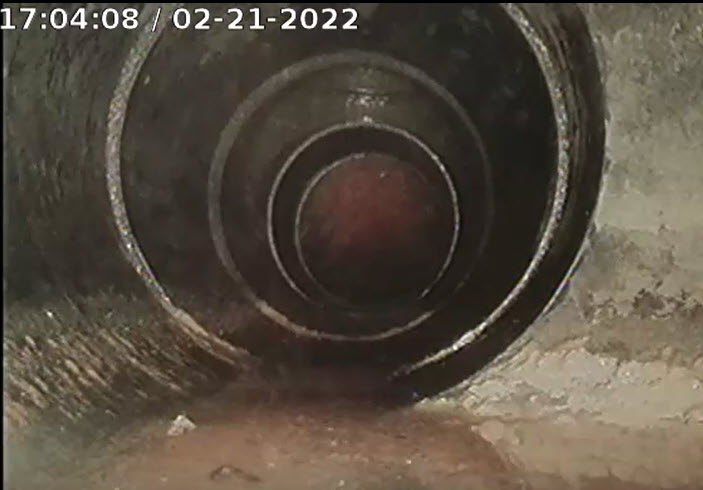Seems like an underground system made of tough PVC, iron, and concrete pipe should be nearly indestructible. But the “underground factor” weighs in heavily here – if anything DOES go wrong, it can be invasive and expensive to fix. Older homes (and older sewer lines) definitely need your TLC and may even need to be put on your annual or regular maintenance plan.
My first home was a post-war cottage in Charlotte, NC, and when I moved into it in 2000, the sudsy water from my first load of laundry promptly came gurgling up my bathtub drain. It, um, could have been uglier, I suppose… a call to a rescue plumber revealed a sewer scope video of tree roots grown inside the old terracotta side sewer pipe (this was my first introduction to that old method of construction!). Before we knew it, the front yard had been trenched to the street, old pipe removed, and shiny, smooth, new PVC pipe laid in its place. And silver lining: the water main was also near this pipe – and fell apart in the plumber’s hands when he moved it, so we had it replaced at the same time for very little added cost (and felt much better about our drinking water).
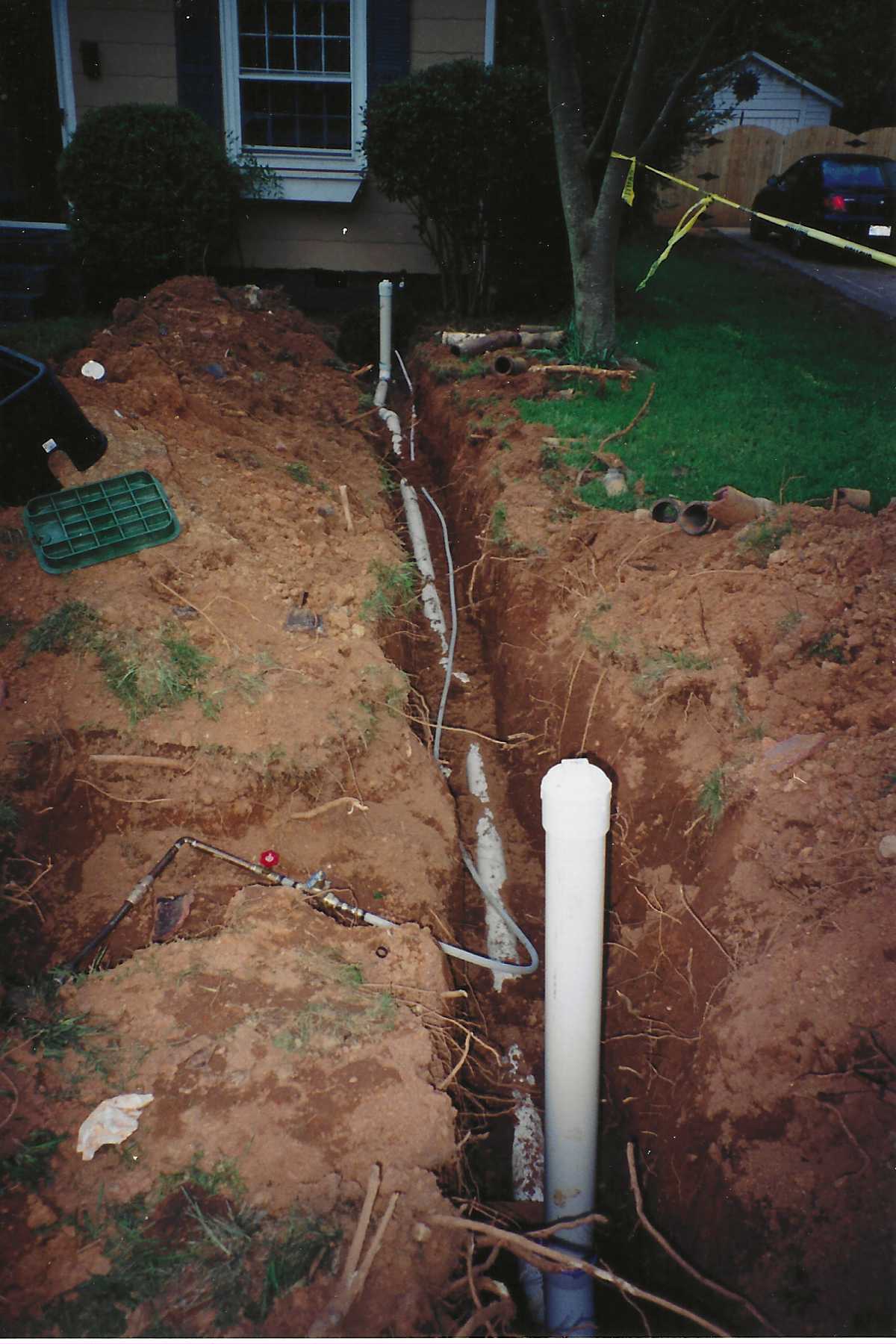
All-new sewer line and water main, Charlotte, NC, 2000.
Next home in 2008 was a new-construction townhome. Not even remotely concerned about the sewer line… but this was my first introduction to King County’s sewage treatment capacity charge – a fee to connect new construction (since 1990) to the sewer system, amortized over 15 years and billed to us quarterly. When you sell your home, you have the choice to pay off the balance or pass it along with the property to the new owners.
Fast-forward to this week in my 1958 mid-century home: water flooding various parts of the basement again! If you read my stories on basement waterproofing, you’ll understand why I was so confused to find MORE water in areas that had been waterproofed. I mopped it up with towels, threw them in the laundry, and puzzled over where the water was coming from… and then MORE water appeared. At that point, it was clear that the laundry water (deja vu?) was coming up the shower drain in the basement – the lowest point of exit in the sewer system.
Rescue plumbers were called in to clear the blockage – but their tools had a tough time getting through the twists and turns and different pipe types added into our system over the years. The sewer line had been scoped just nine months before, and we knew there were some pitted, cracked, and eroded areas of the line that could potentially cause problems in the future. Of course it now looked like one of the eroded turns in the pipe had accumulated debris like a pocket, which eventually blocked the line and caused the back-up. It would have been relatively straightforward to use a high-pressure water jet to dislodge the block, if there had been an exterior sewer cleanout to provide access to the pipes. Next up? Install a cleanout!
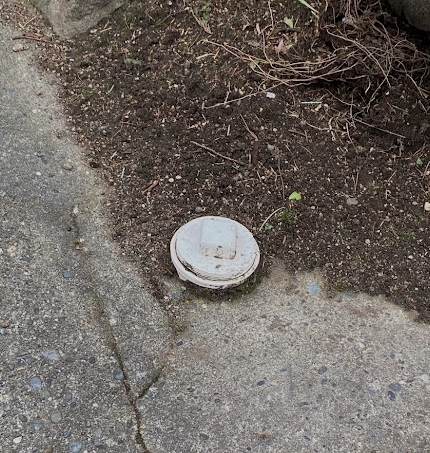
Looking for a sewer cleanout at your home – example 1
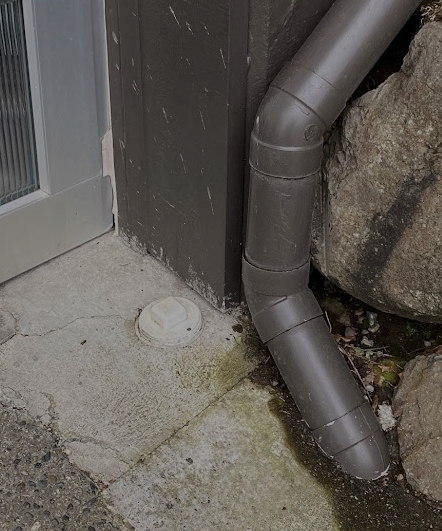
Sewer cleanout example 2.
The sewer scope/locator tools (and their operators) are pretty amazing – they can help pinpoint not just the linear location along the pipe, but also the depth in the ground! Several hours of digging three feet into hard, wet, clay soil exposed a portion of concrete pipe, which was then fitted with a vertical pipe extending back up to the surface. Through this, we’ll now have much easier access to jet the line when needed. The blockage turned out to include many rocks and bits of rubble, likely fallen down the bathroom drains when it was being demolished for waterproofing – learn from my project, and don’t let this happen!
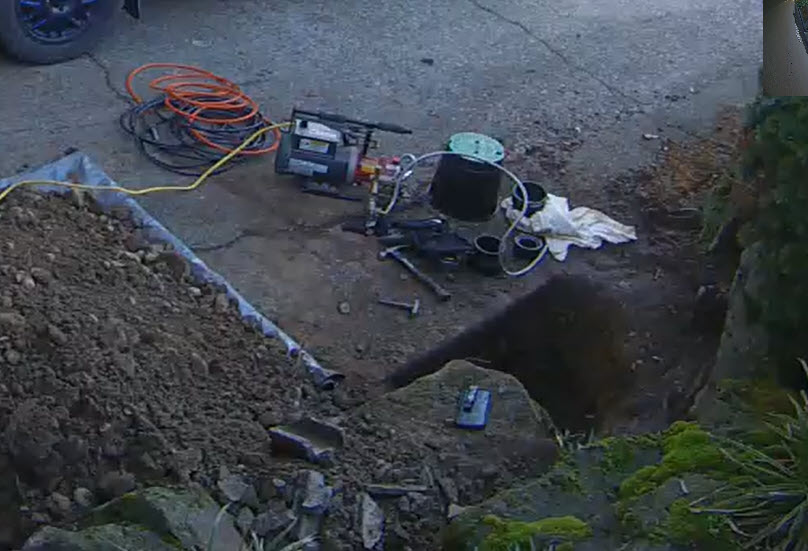
Excavating to add a new sewer cleanout.
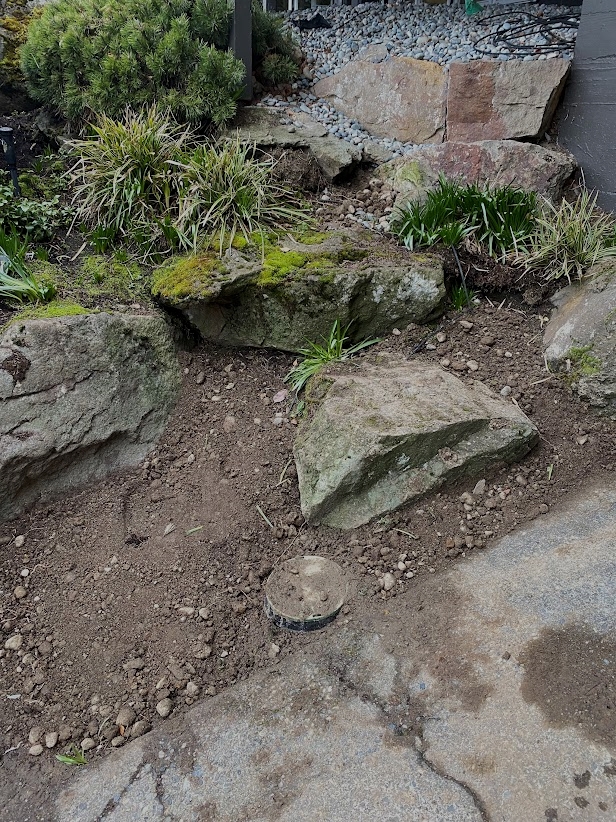
Completed installation of new sewer cleanout.
 Facebook
Facebook
 X
X
 Pinterest
Pinterest
 Copy Link
Copy Link
